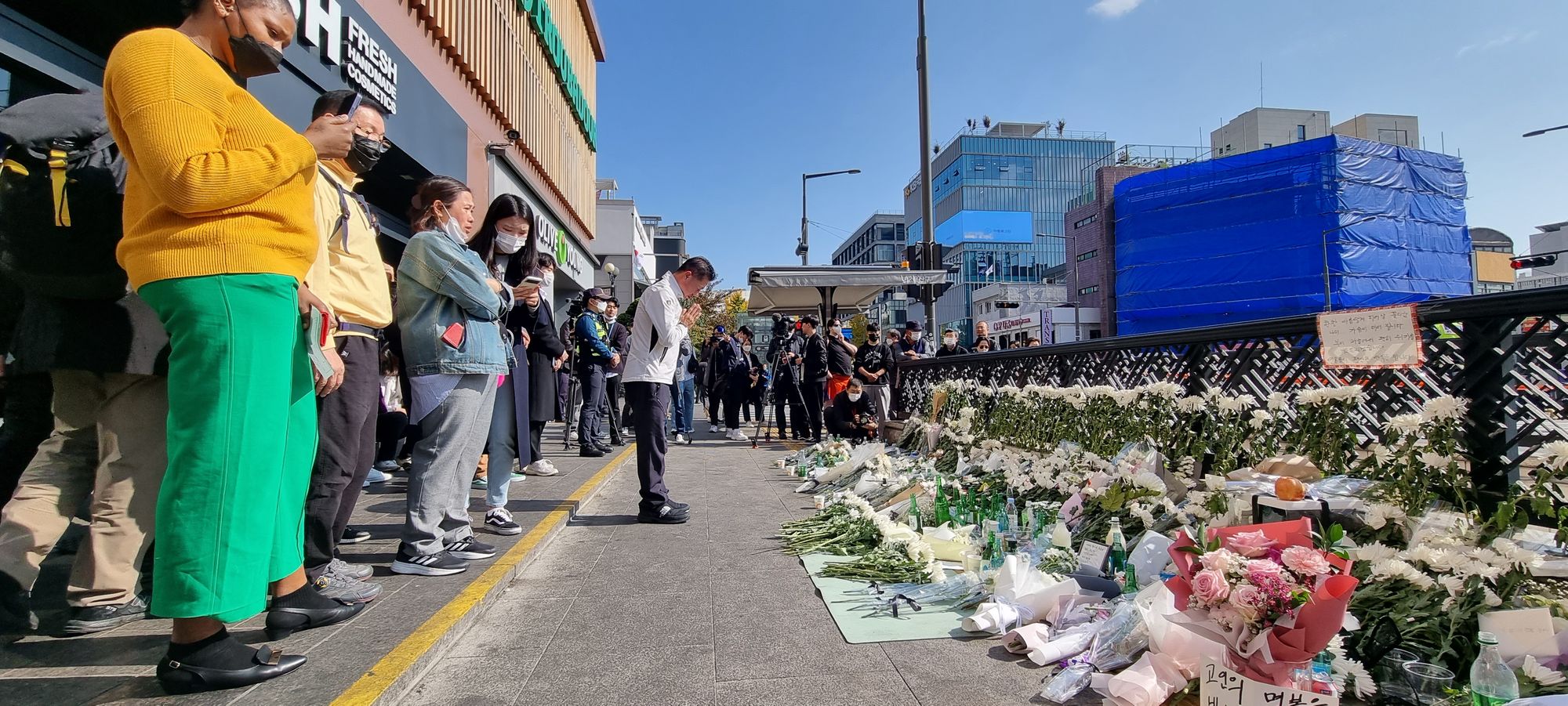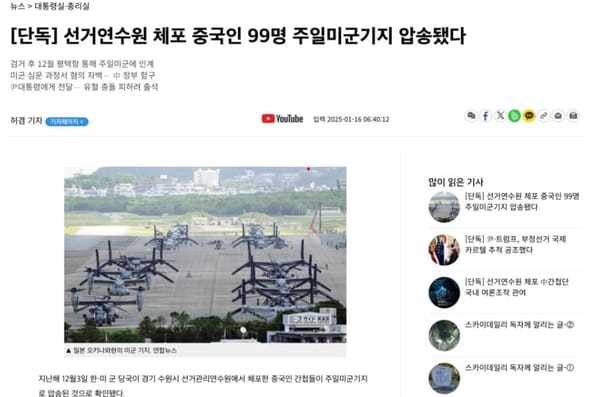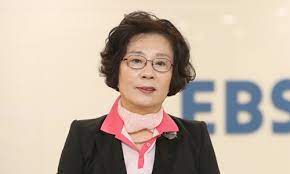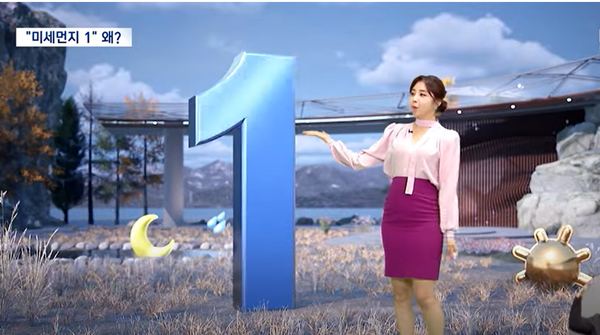Photo: Memorial at the site of the Itaewon Disaster. Credit: The Blue Roof.
International coverage of the October 29 crowd crushing disaster has been outstanding, due both to foreign media outlets increasingly making Seoul their Asia news hub and to South Korea-based correspondents’ personal connections to Itaewon. (See previous coverage, “Itaewon Disaster, an International Affair.”) Foreign outlets’ stellar performance is casting a comparatively unfavorable light on South Korean media, which has proven either unable or unwilling to investigate the disaster with a similar level of rigor and empathy.
Within days of the accident, Reuters put out a visual article on November 3 that drew attention to the fact that the alleyway where most of the 158 deaths occurred was sloped downward, with the width gradually narrowing from 7 meters across at the top to 3.6 meters at the bottom, creating a funnel that caused the crowd to pack in closer, leading to the disaster. A November 16 Washington Post article went a step further, analyzing the inadequate disaster response and citing experts from South Korea and abroad.
International press also led the way in focusing on the lives of the victims and the voices of their families. On November 3, the Washington Post published a profile of select victims, the earliest report of its kind in either Korean or English. On November 16, BBC News profiled Song Hu-bong 송후봉, father of 24-year-old Song Eun-ji 송은지, who perished in the disaster, who spoke in anguish: “The time to grieve is over, it is time to be angry.”
The excellent coverage by the foreign press is putting the South Korean press to shame. To be sure, South Korean media has been diligent in digging up basic facts, with Hankyoreh 한겨레 and MBC News leading coverage of Yoon Suk-yeol 윤석열 administration officials’ dereliction of duty. But Korean news outlets have been lacking in two areas in which the international media has been excellent: sophisticated scientific analysis, presented in an intuitively understandable format, and giving voice to the victims’ families. Ultimately, both failures stem from politics.
South Korea’s smaller outfits simply do not have the capacity to put out a comprehensive report like the Washington Post’s. Meanwhile, larger newspapers and TV stations - nearly all of which lean conservative - have been slow-walking their coverage of the Itaewon disaster, eschewing even the typical post-disaster features highlighting the grieving families and the lives that the victims led. With the Yoon administration stepping up its attacks against the media, the situation for South Korean news is slowly reverting to the status quo under the dictatorship of the 1980s, in which the public dismissed domestic news as propaganda and turned instead to foreign media coverage.








